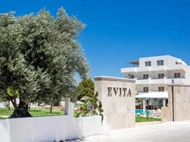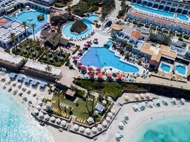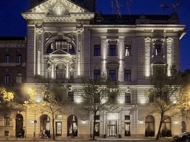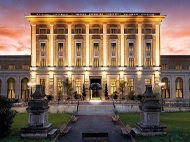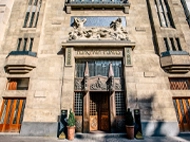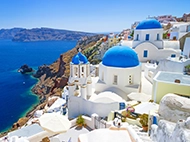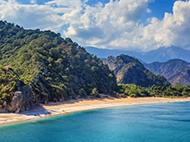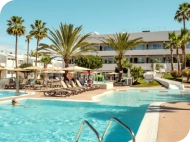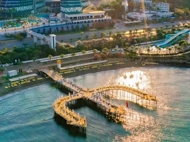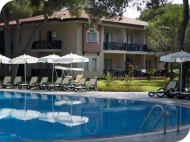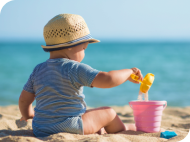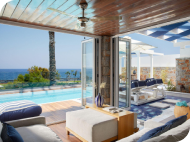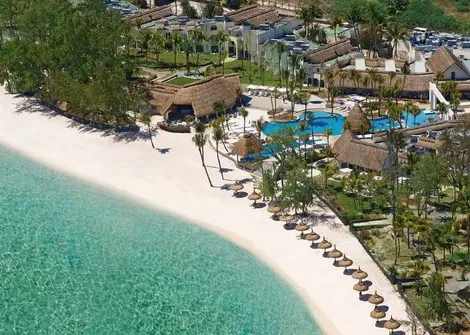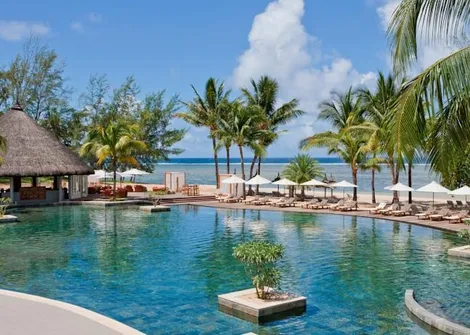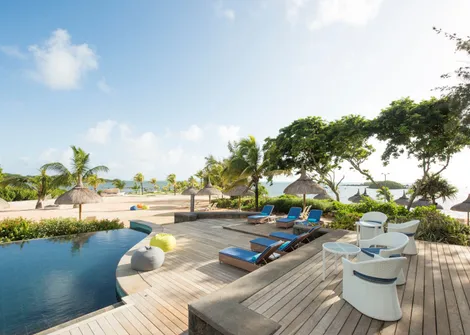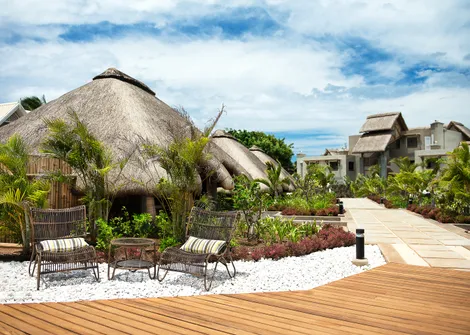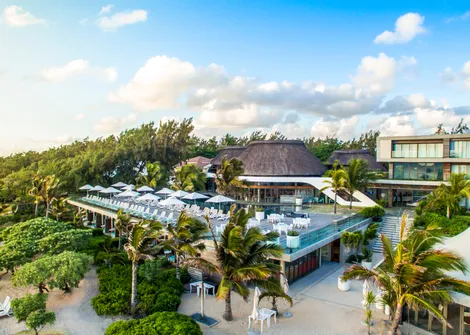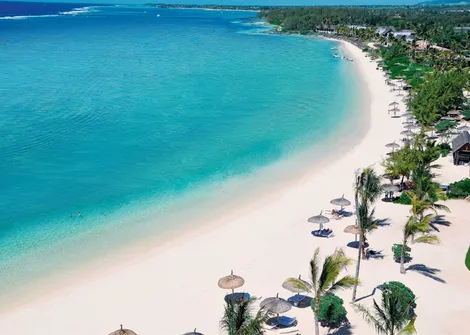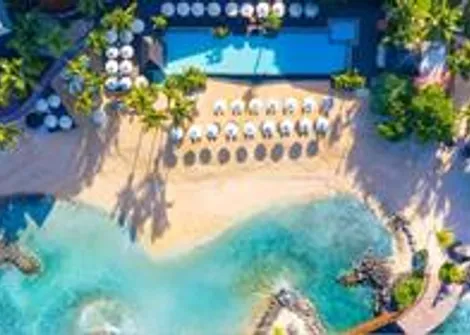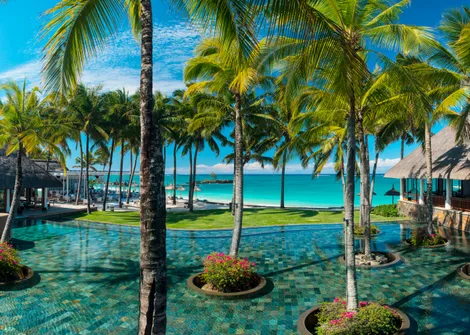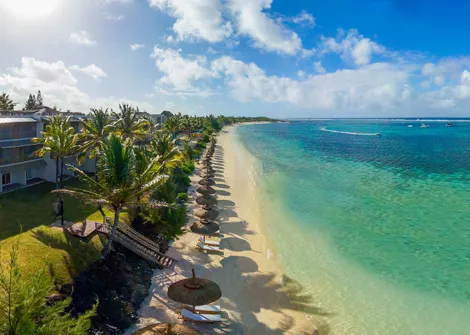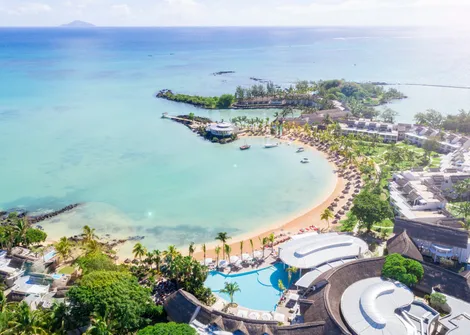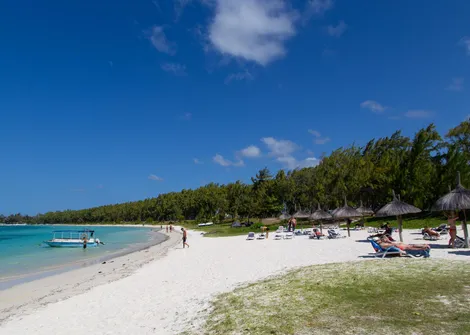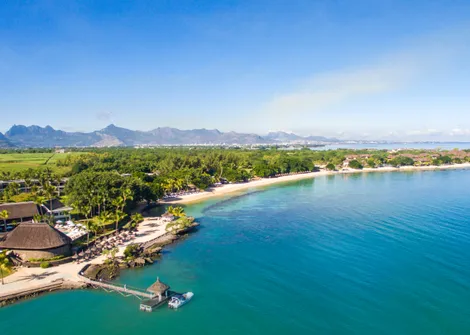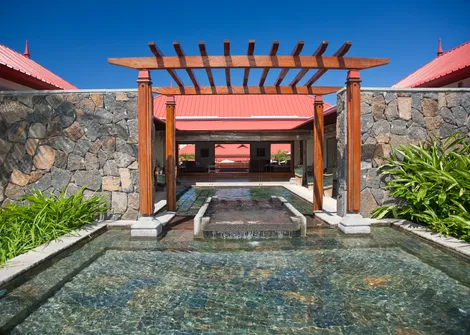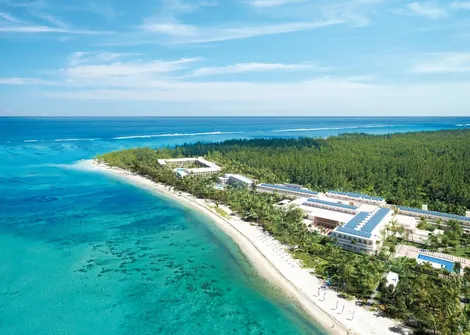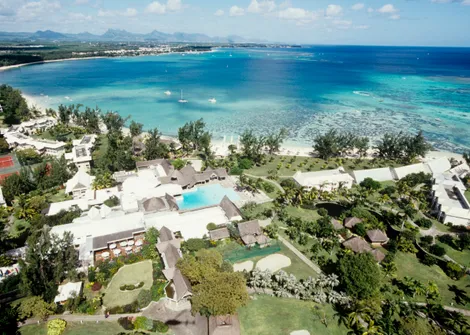Holidays to Mauritius are luxurious, with plenty of opportunities to soak up the sun, snorkel through coral reefs, and enjoy the local cuisine, a fusion of Chinese, French, Indian and Creole influences. Add to that the bustling markets of Port Louis, the volcanic peaks of Trou aux Cerfs, and the virgin rainforests of Black River Gorges, and you’ll feel like you're stepping into another world.
Mauritius is also a gold mine for history buffs. Amidst the mountainous scenery and swaying sugar cane fields, there is a fascinating culture with tremendous diversity to be found on an Indian Ocean holiday. Wander through the pastel-coloured Hindu temples in Ganga Talao and the colonial townhouses in Rue du Vieux Conseil. And when you’re not soaking up the sights of the island, you can indulge in some of the most luxurious spas and golf courses in the world.
Things To Do
Mauritius is foremost a beach destination, but there’s so much more to this island than meets the eye. If you can pull yourself away from its delicate white sands and cobalt blue waters, you’ll discover mountainous trails and hidden waterfalls. So if you want balmy sunshine, pristine beaches and the chance to see some of the rarest fauna and flora on the planet, Mauritius holidays are for you.
Shopping in Port Louis
A holiday to Mauritius would not be complete without a shopping trip to the duty-free capital, Port Louis. Colourful parasols line Le Caudan walkway from above, shading the cobbled streets below. Here, you can pick up diamonds, cashmere and designer clothing for a third of the price back home. A mix of modern architecture and heritage buildings, you’ll find everything from artisanal markets to high street brand names. Debit cards are widely accepted, but if you want to take home some craft stall treasures, be sure to order your travel money before you go.
A Glittering Nightlife
Though the island is small, the nightlife in Mauritius is anything but! You’ve got lively beach clubs, swanky wine bars and glittering casinos. Head to the elegant 55 Lounge Club for late-night DJ sets and sophisticated cocktails. While Banana Beach Club is perfect if you're looking for laid-back island vibes. It has become a hub for locals and tourists, recognised for the Flamboyant tree that towers Grand Bay.
Discover the History & Culture
Mauritius has a relatively recent history, remaining uninhabited until the 16th century. Arab sailors and the Portuguese first discovered the island before colonisation by the Dutch, French and British. It has since gained independence in 1968, with African, European, Indian and Chinese influences shaping the vibrant food, various beliefs and colourful festivals. A focal point of the community today is The Mauritius Turf Club, a famous racetrack built in 1812 to ease relationships between the French and English settlers. Major racing events are still held here regularly, drawing in crowds of 20,000.
Plenty of Family Fun
If you’re looking for things to do in Mauritius with the family, we recommend a trip to Grand Baie. The shoreline is calm, making it the perfect spot for paddling with your little ones. Besides building sandcastles in the sun, you can also hop on a catamaran to watch dolphins swim along the Western Coast. One of our favourite attractions on this side of Mauritius is the glass-bottom boat trips, a big hit with families.
Snorkelling & Watersports
Mauritius holidays are a paradise for snorkelling and watersport enthusiasts. The island is encircled by one of the largest unbroken barrier reefs in the world, creating shallow lagoons on par with the Maldives. Swim out on the bays at Balaclava and Calodyne to spot tiger fish and blue snapper. If you’re more experienced, head out to the deeper ocean for your chance to see dolphins and turtles. Indian Ocean holidays are renowned for watersports, too, from windsurfing and parasailing to waterskiing and paddleboarding.
Natural Marvels
Mauritius is a UNESCO site, home to some of the most endangered plant life on the planet. Plan a trip to Black River Gorges National Park, and you’ll get the chance to see rare and protected species of plants and birds, including the Pink Pigeon and Mauritius Kestrel. Another spectacular site is La Vanille Nature Park Mauritius. You can explore tropical rainforests, meet a 100-year-old giant tortoise and marvel at one of the largest private insect and butterfly collections in the world.
